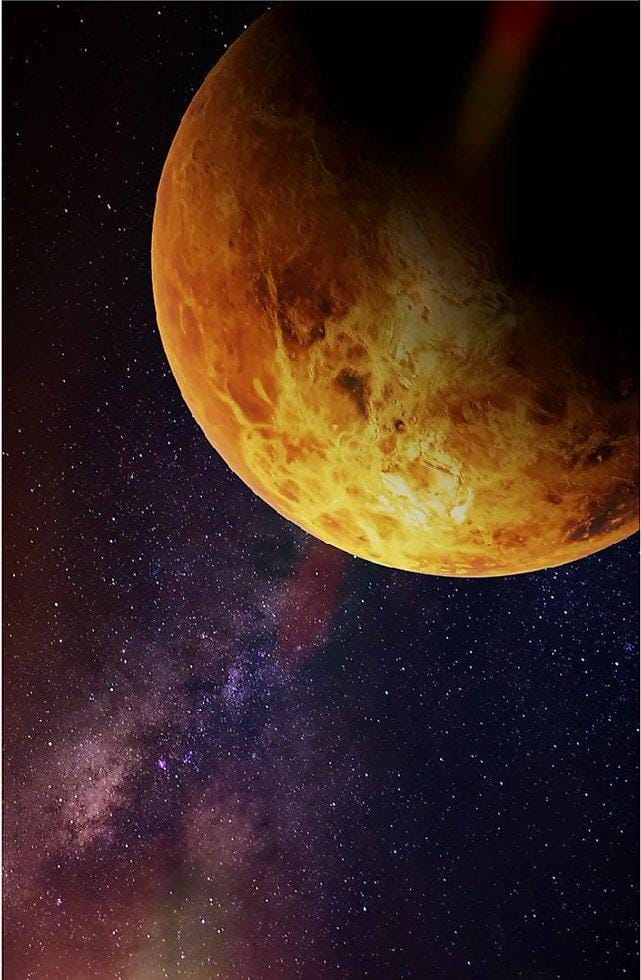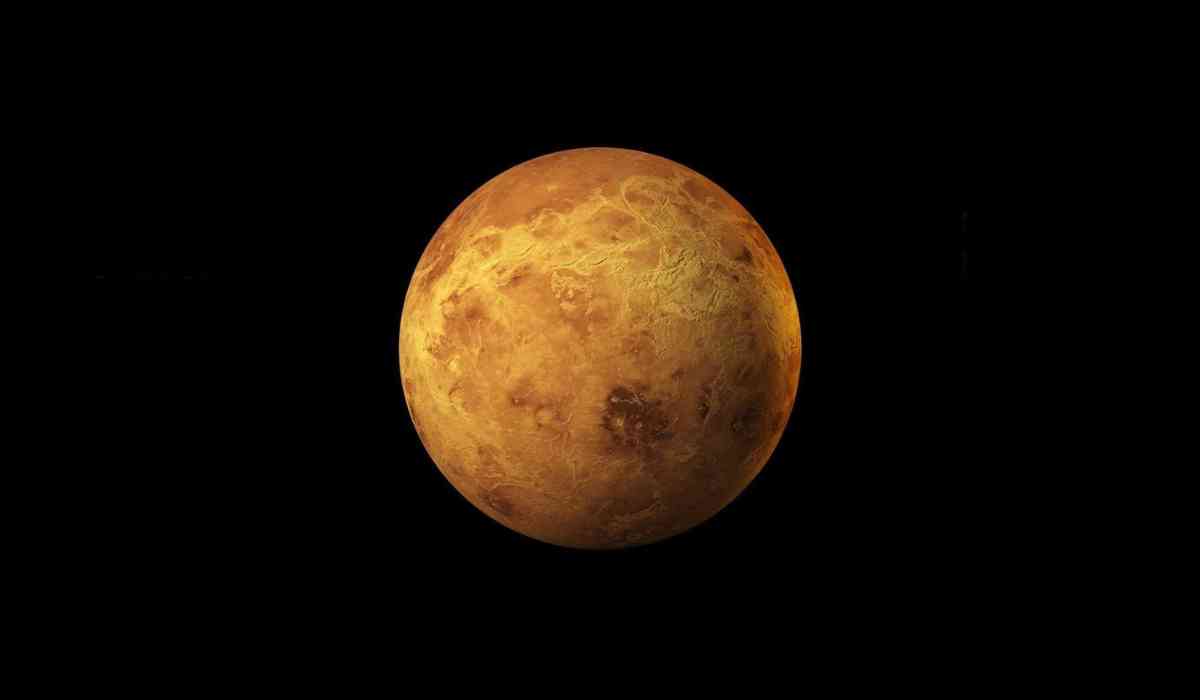Despite Venus receiving less scientific attention than Mars, In a groundbreaking discovery, the collaborative effort between NASA and the German Aerospace Center scientists using SOFIA, a modified Boeing 747SP with an infrared telescope, detected atomic oxygen in a thin layer between atmospheric layers of Venus.
This discovery adds another layer to the mysteries of our neighbouring planet Venus, often referred to as Earth's closest cosmic companion.
Unlike our planet, where oxygen constitutes about 21% of the atmosphere, Venus boasts a thick, noxious atmosphere dominated by carbon dioxide (96.5%).
The scientists observed atomic oxygen, composed of a single oxygen atom, distinguishing it from the breathable molecular oxygen with two atoms. For the first time, oxygen was directly detected on both the sun-facing and sunless sides of Venus, corroborating previous ground-based telescope observations in Hawaii. Venus' slower rotation compared to Earth adds a unique aspect to this groundbreaking discovery.

Photo : X
German Aerospace Center physicist Heinz-Wilhelm Hübers, the lead author of the study in Nature Communications, emphasised the dense and markedly different composition of Venus's atmosphere compared to Earth. He pointed out that Venus's thick atmosphere, coupled with a runaway greenhouse effect, makes it inhospitable for Earthly organisms.
The researchers explained that oxygen on Venus's day side is generated by solar UV radiation breaking down atmospheric carbon dioxide and carbon monoxide into oxygen atoms and other chemicals. Winds then carry some of this oxygen to the night side of Venus.
Astrophysicist Helmut Wiesemeyer, a co-author of the study from the Max Planck Institute for Radio Astronomy in Germany, emphasized that the detection of atomic oxygen is direct evidence of photochemistry in action, triggered by solar UV radiation, and the subsequent transportation of its products by Venus's atmospheric winds.
Drawing a comparison, Wiesemeyer pointed to Earth's stratospheric ozone layer as an example of photochemistry. On Venus, sulfuric acid clouds reach up to 40 miles above the surface, with powerful winds at lower altitudes and winds aligning with the planet's rotation at higher altitudes.
Emphasising the importance, astrophysicist Helmut Wiesemeyer from the Max Planck Institute for Radio Astronomy stated, "This detection of atomic oxygen on Venus is direct proof of the impact of photochemistry and the transportation of its products by the winds in Venus's atmosphere."
Located between two ferocious layers of the Venusian atmosphere at an altitude of about 60 miles, the detected oxygen exhibited varying temperatures from minus 184 degrees Fahrenheit on the day side to minus 256 degrees Fahrenheit on the night side.
Scientists used indirect methods, studying other molecules and using models, to detect oxygen on Venus's day side. The oxygen is created on this side by sunlight breaking down carbon dioxide and carbon monoxide. Winds then carry some of this oxygen to Venus's night side.
Despite being slightly smaller than Earth, Venus, with a diameter of about 7,500 miles, remains in the solar system's habitable zone, although its inhospitable conditions prompt ongoing exploration to unravel the mysteries of its evolution.
Hübers concluded, "We are still at the beginning of understanding the evolution of Venus and why it is so different from Earth."
© Copyright 2023. All Rights Reserved Powered by Vygr Media.
























